Flying doesn’t have to drain your bank account. Airlines use clever pricing tricks to maximize profits, but savvy travelers know how to beat them at their own game. With the right strategies, you can slash hundreds of dollars off your next ticket and discover deals that most people never find.
1. Master Multiple Flight Search Engines
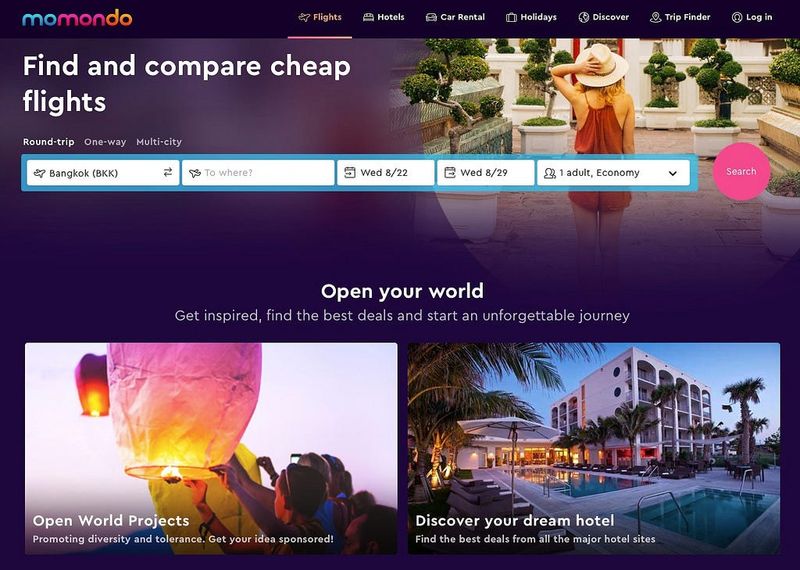
Google Flights might be your go-to, but relying on just one platform is like shopping at only one store. Each search engine has different partnerships and algorithms that can reveal unique deals.
Skyscanner excels at finding budget airlines, while Kayak often shows the best flexible date options. Momondo frequently uncovers hidden gems that others miss.
Smart travelers always cross-reference at least three platforms before clicking “book.” This simple habit can save you $50-200 per ticket, especially on international routes where price variations are most dramatic.
2. Embrace Schedule Flexibility
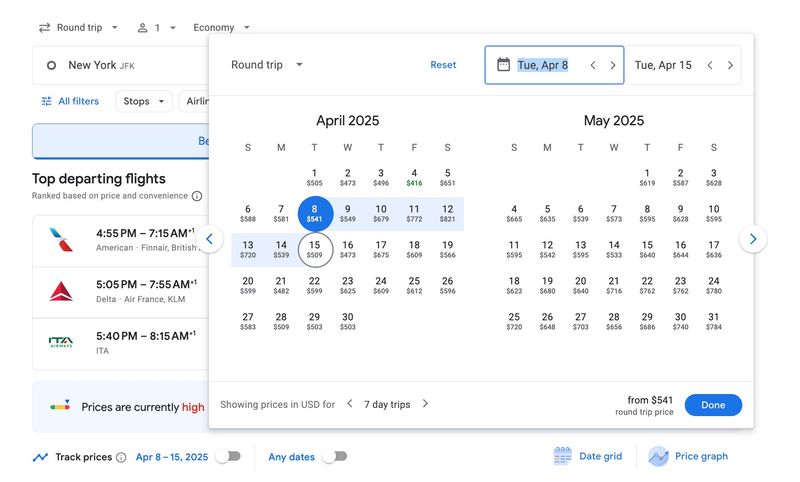
Tuesday departures cost an average of 15% less than Friday flights, yet most travelers never consider this goldmine. Airlines know business travelers fly Mondays and Fridays, so they jack up prices accordingly.
Red-eye flights and early morning departures are your secret weapons. While others sleep in, you’re boarding cheaper planes.
Consider flying into alternative airports too. Landing in Oakland instead of San Francisco or choosing Newark over JFK can slash costs dramatically. Sometimes a short train ride saves you enough money for an entire vacation meal budget.
3. Outsmart Dynamic Pricing Algorithms
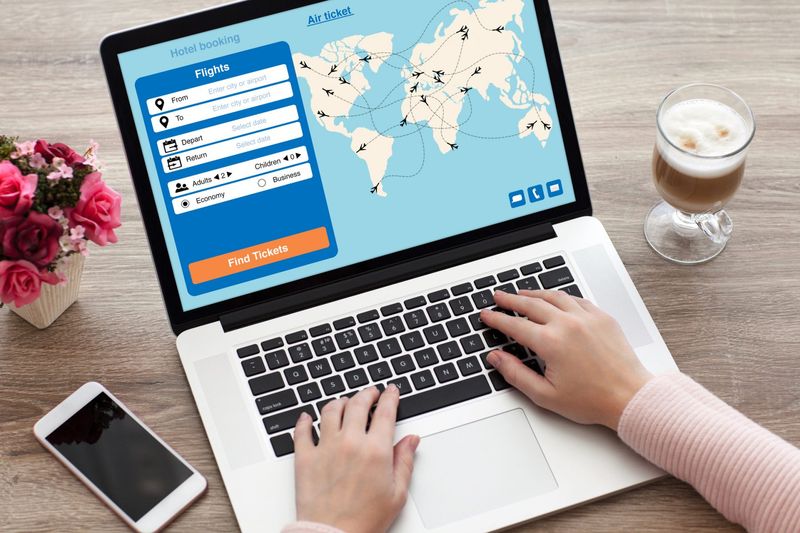
Airlines track your every click, building a profile of your desperation level. Keep searching the same route, and watch prices mysteriously climb higher each time you visit.
The solution is surprisingly simple: go incognito. Private browsing mode prevents cookies from tattling on your search history.
Clear your browser cache between searches, or better yet, use different devices. Some travelers even use VPNs to appear as if they’re browsing from different countries, sometimes revealing location-specific deals that can save substantial amounts on international bookings.
4. Perfect Your Booking Timing

Booking too early is just as costly as waiting until the last minute. Airlines release seats in waves, adjusting prices based on demand patterns they’ve studied for decades.
Domestic flights hit their sweet spot 1-3 months before departure. International routes offer the best deals 2-6 months out, when airlines balance early inventory with realistic demand forecasting.
Avoid the extremes: booking 11 months ahead locks you into premium pricing, while last-minute bookings (under two weeks) typically cost 50% more than optimal timing windows.
5. Hunt Down Error Fares

Sometimes computers make million-dollar mistakes, accidentally pricing $800 flights at $80. These “error fares” happen more often than airlines admit, usually during system updates or currency conversion glitches.
Sites like SecretFlying and Going specialize in spotting these digital slip-ups within hours. When they alert subscribers, you have maybe 2-6 hours before airlines notice and correct their mistake.
Book first, ask questions later. Most error fares get honored if you’re quick enough, though airlines occasionally cancel obviously mistaken bookings. Still, the success rate makes this strategy worth monitoring.
6. Mix and Match Airlines
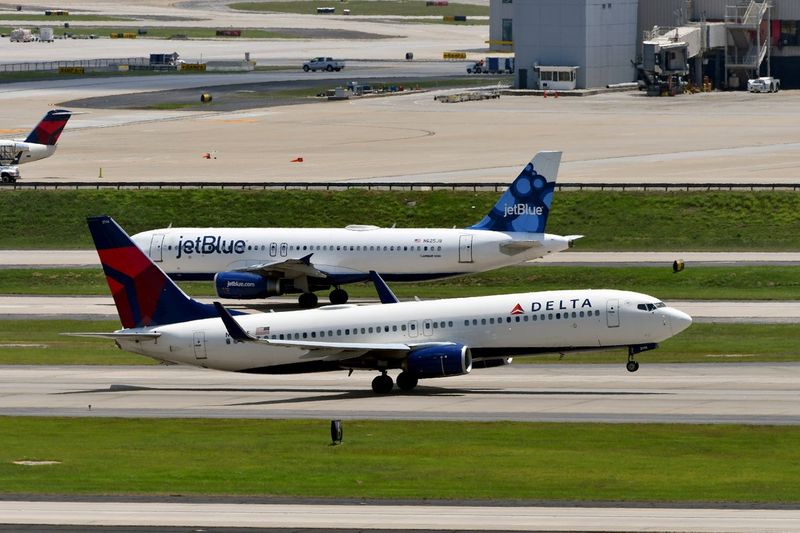
Round-trip loyalty is overrated and expensive. Airlines price outbound and return flights separately, then bundle them with markup for convenience.
Booking two one-way tickets, sometimes on completely different carriers, often costs less than traditional round-trips. Budget airlines like Southwest and Ryanair rarely appear in major search engines, hiding their competitive prices.
Check low-cost carriers directly after comparing mainstream options. You might discover that flying United eastbound and JetBlue westbound saves $200 compared to sticking with one airline for both directions. Loyalty has its place, but your wallet appreciates flexibility.
7. Set Up Smart Price Alerts
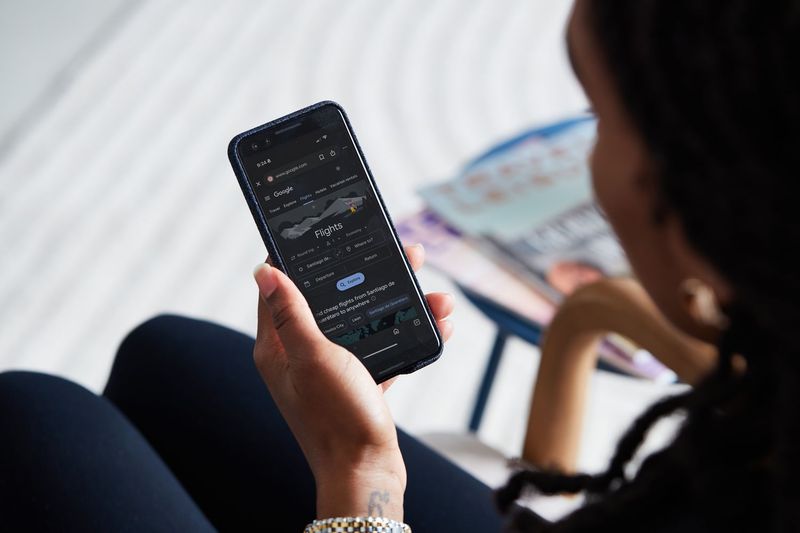
Constantly checking flight prices is exhausting and ineffective. Smart travelers let technology do the monitoring while they focus on other trip planning.
Google Flights, Skyscanner, and Hopper offer free alerts that track your specific routes and dates. They’ll email or text you the moment prices drop, sometimes catching flash sales that last only hours.
Set alerts for multiple date ranges if you’re flexible. Watching prices for a full month around your preferred dates often reveals patterns, like Wednesday departures consistently costing $100 less than weekend options.
8. Embrace Budget Airlines

Spirit and Frontier get bad reputations, but their base fares can be 60% cheaper than major carriers. The secret is understanding their fee structure upfront.
Pack light to avoid baggage fees. Bring your own snacks instead of paying inflated onboard prices. Choose your seat during booking rather than paying extra at the gate.
For short domestic flights under three hours, comfort differences are minimal. You’ll survive without free pretzels if it means saving $300 on family flights. International budget carriers like Ryanair and AirAsia offer similar savings with proper planning.
9. Master Hidden-City Ticketing
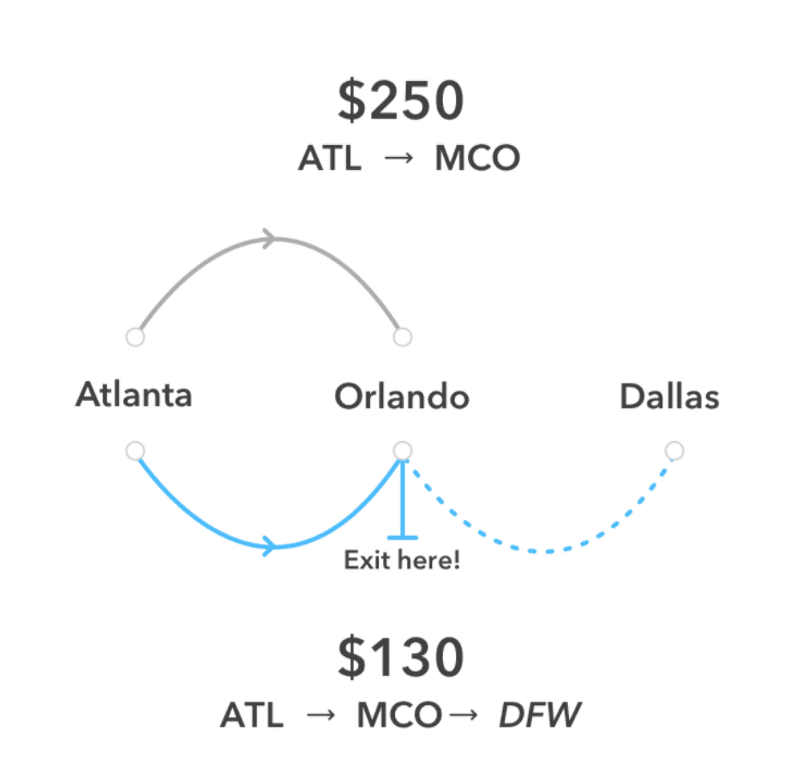
Airlines’ hub-and-spoke systems create pricing quirks where longer flights cost less than shorter ones. Hidden-city ticketing exploits this by booking through your actual destination.
Skiplagged specializes in finding these routes where you’d book New York to Los Angeles via Denver, but exit in Denver. It works because airlines subsidize connecting flights to fill long-haul seats.
Use this strategy carefully: only book one-way tickets, never check bags, and don’t do it frequently on the same airline. While not illegal, airlines dislike this practice and might flag frequent users.
10. Leverage Points and Miles
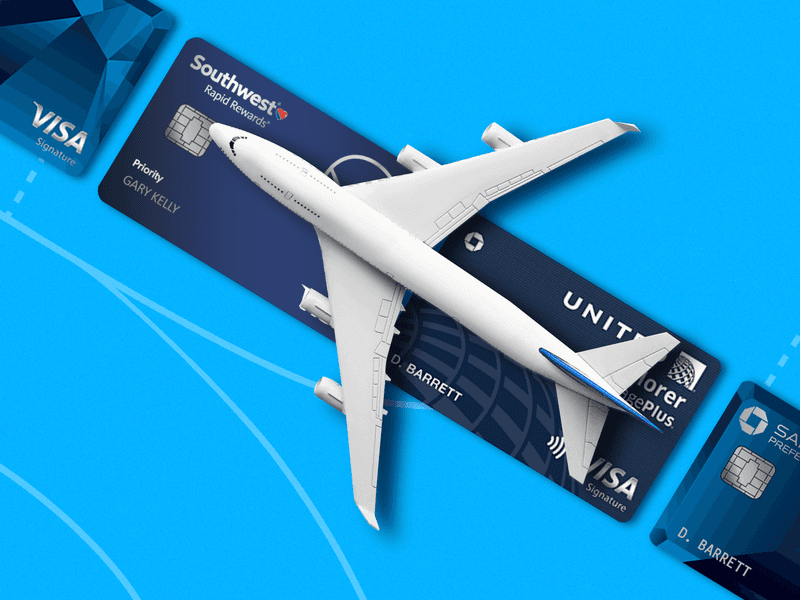
You don’t need elite status to benefit from airline rewards. Many travel credit cards offer sign-up bonuses worth 50,000+ miles, enough for free domestic flights or significant international discounts.
Transfer points between programs to maximize value. Chase Ultimate Rewards points can become United miles, Hyatt points, or cash back depending on what offers the best deal for your specific trip.
Even casual travelers can earn enough points for annual vacation flights by using rewards credit cards for regular purchases like groceries and gas. The key is paying off balances monthly to avoid interest charges that negate savings.



